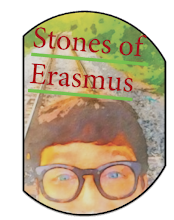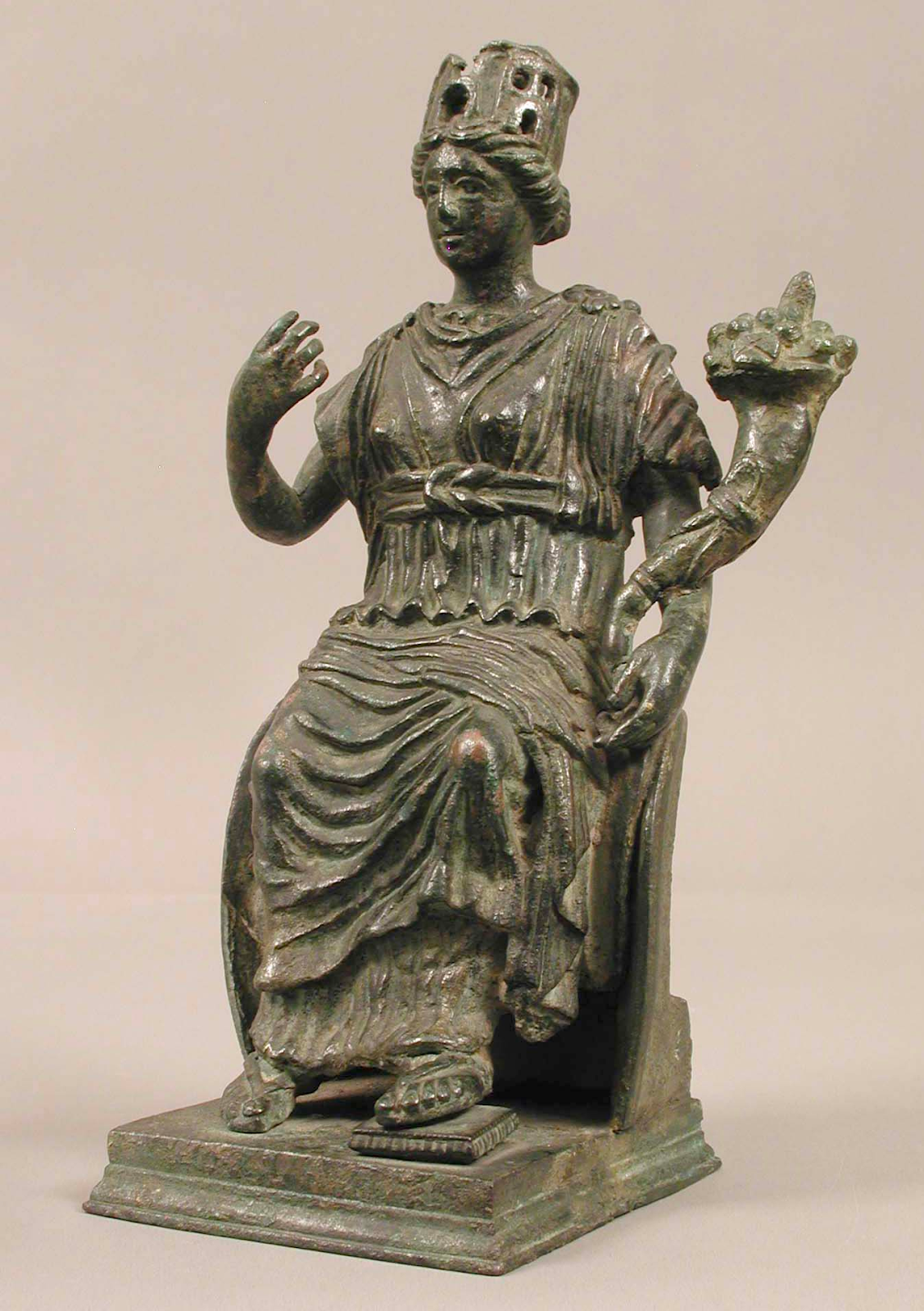🎉 New Storefront + 300th Digital Download!
Since 2015 I’ve been running Stones of Erasmus, a home for education, art, literature, and creative sparks. Today I’m thrilled to unveil my brand-new storefront and celebrate my 300th digital resource with two featured downloads.
 | ||
| Free Greek-Mythology Genealogy Charts (15 pages) |
- Tyche & Nemesis Lesson Plan – explores Fortune, fate, and moral balance; Common Core, VA SOL, and TEKS aligned; includes question banks, writing tasks, and flexible pacing (only $3).
- Greek-Mythology Genealogy Charts – 15 beautifully designed family trees clarifying divine and heroic lineages. Ideal for anchor charts, posters, or LMS uploads – free for life.
Why Download?
These resources save prep time, deepen myth comprehension, and look great on classroom walls or digital slides. Add them to your toolkit now—future you (and your students) will thank you!
▶ Visit Stones of Erasmus for TpT, Made By Teachers, and The Stones of Erasmus Storefront



